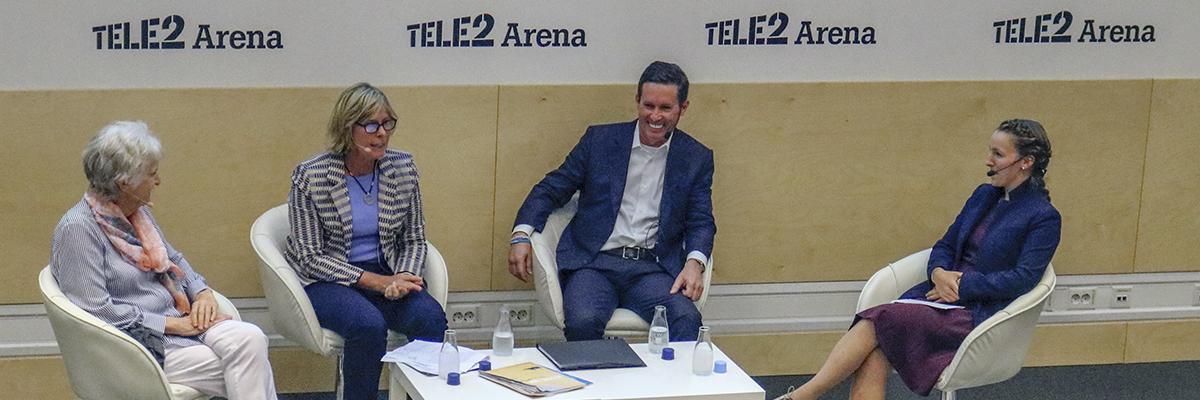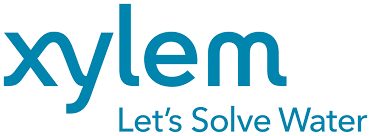Why Diversity and Inclusion Are Key to Solving Water Challenges

As featured on Making Waves | Water News from Xylem
How does diversity and inclusion help us solve water challenges? How does this lead to innovation? These were two of the main questions discussed at a recent panel hosted by Xylem at Stockholm World Water Week. The panel participants discussed women and water, why diversity and inclusion are so important to water management, and gave tips on how organizations can make sure everyone’s voice is heard.
The water sector is at a critical moment, with increasing challenges that put the availability and affordability of water at risk. In addition, communities must be resilient to climate change. Solving these problems will require innovation and technological advances. According to Xylem CEO Patrick Decker, one of the best drivers of innovation is a diverse and inclusive environment.
According to new research by the World Bank’s Water Global Practice, however, less than one in five water workers are women. Women are also underrepresented in technical and managerial positions where, on average, only 23 percent of licensed engineers are women.
Xylem’s panel at Stockholm World Water Week, “Driving water transformation through the power of diversity,” looked at how diversity can advance innovation and problem solving in the water sector. The panel included Dr. Jackie King, 2019 Stockholm Water Prize Laureate, Jennifer Sara, Senior Director, Water Global Practice, World Bank, and Patrick Decker, CEO, Xylem, and was moderated by Hilary Johnson, Graduate Student at Massachusetts Institute of Technology (MIT).
How diversity leads to new ideas
Xylem’s Patrick Decker sees diversity and inclusion as critical to his company’s success. “The only way that Xylem can help the world be sustainable, from a water management standpoint, is to have a team of people in our company that reflect the community that we are trying to serve.”
“It’s been shown time and time again that when you put together a team that is homogenous, that all look like the same people, they’ve all worked together at the same place, they’re all from the same generation, they get off to a rip-roaring start to solve that problem,” said Decker during the discussion.
“Then all of a sudden, they hit a wall, because they don’t have any new, creative innovative ideas. When you put a team together that is diverse, whether it be gender, ethnicity, experience, or generational, they get off to a rough start. But all of a sudden, they hit momentum and they break through barriers, and they come up with ideas and innovation that would have never been brought forward if they all looked and acted the same way.”
Including everyone’s voice in water projects
Dr. Jackie King, who won the 2019 Stockholm Water Prize for her work on river management, discussed why it is important to include all relevant stakeholders in negotiations about proposed dams and other major water infrastructure.
“Past decisions on such developments have usually been based on economic and engineering considerations, perhaps with some rudimentary attention to the ecological aspects and associated social structures,” said Dr. King. “My colleagues and I have strived long and hard to bring those ecological and social aspects into the earliest stage of planning and decision making in a more formal and detailed way. We’ve also tried to make our science accessible to all so that everyone can understand the options available and can negotiate for the future they want.”
“Every river is different and each one poses different possible development benefits for society but also different possible impacts. We have learned to capture local wisdom as well as data, academic knowledge and expert opinion into one ecological-social model that predicts alternative futures. We provide our findings in simple language that can be used by a wide range of stakeholders.”
The importance of networks and mentoring
Jennifer Sara, Senior Director of the World Banks’ Water Global Practice, discussed how the organization works to promote diversity and inclusion, both with gender and nationalities.
“One thing that is very important for us to do is create networks,” said Sara. “We have a women and water network that is created especially for young professionals coming in to help them not only have a voice but to use their voice and sit at the table.”
Sara said that inclusion is not just about hiring and promotions, but about everyday work practices. “So many times, I walk into a meeting room and the men are at the table, and some women. I always say, anyone in the back row, come to the table, and anyone who hasn’t spoken before the meeting ends, please speak. These conscious things people can do to get everyone’s voice at the table is very, very important.”
New research on women and water utilities
A new report from the World Bank, “Women in Water Utilities: Breaking Barriers,” presents research on barriers women face in water utilities and practical approaches they can use to advance gender diversity. The report shows that removing barriers to female employment in the water sector has numerous benefits not only for women, but for utilities as well.

